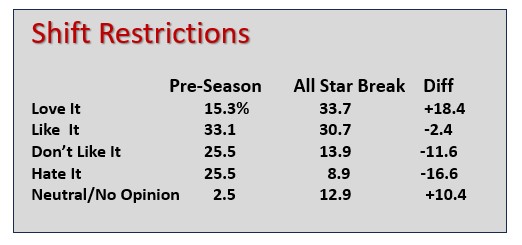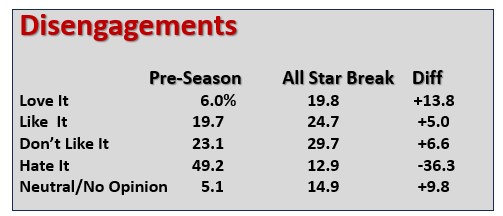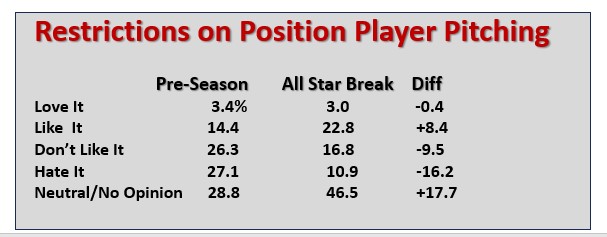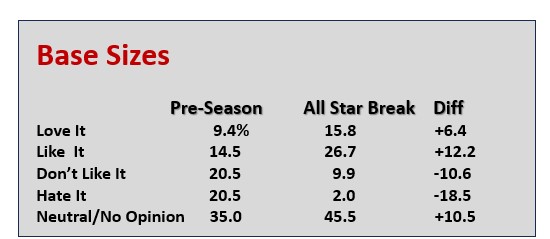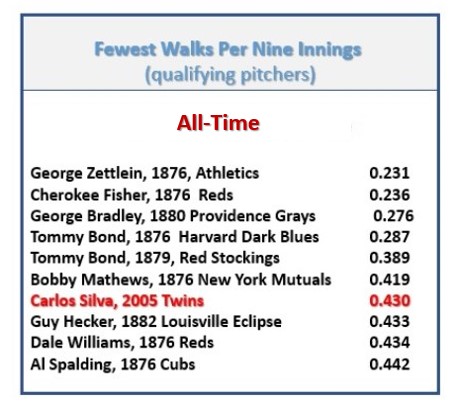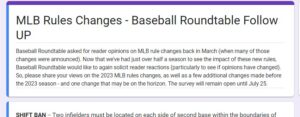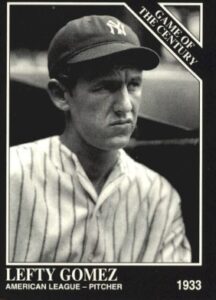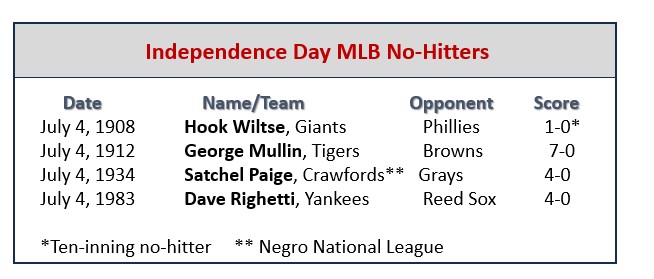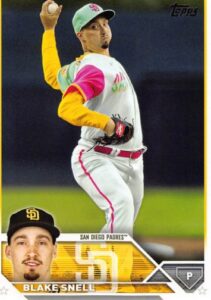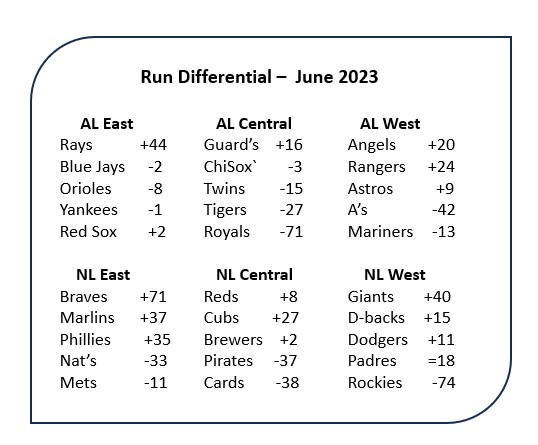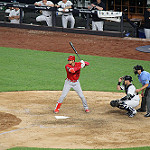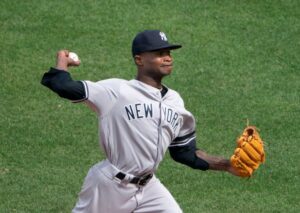Bad news can come in threes – even if you’re a Hall of Famer like Three like Stan Musial or Brooks Robinson. Further, bad news can find you on July 28 – again, even if you’re a Hall of Famer like Stan Musial or Brooks Robinson. That date marks two unlikely outcomes – the only time that Musial struck out three times in a game and the only time Robinson made three errors in a contest. I’ve touched on these instances in the past. In this post, I’ll add a little more detail.
Stan Musial’s Three Whiffs… July 28, 1963
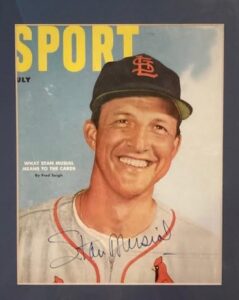 Sixty year ago today, Musial recorded the only three-strikeout game of his career. In his 22 MLB seasons, Musial fanned only 696 times. It came in the career .331 hitter’s final season – and in his 2,980th MLB game. Further, the strikeouts came in three consecutive plate appearances (Musial’s only trips to the batter’s box in the game).
Sixty year ago today, Musial recorded the only three-strikeout game of his career. In his 22 MLB seasons, Musial fanned only 696 times. It came in the career .331 hitter’s final season – and in his 2,980th MLB game. Further, the strikeouts came in three consecutive plate appearances (Musial’s only trips to the batter’s box in the game).
The three-strikeout game came in the first game of a Cardinals/Cubs doubleheader at Wrigley Field. Twenty-three-year-old southpaw Dick Ellsworth (on his way to a 22-10, 2.11 season for the Cubs) started for Chicago. Musial started in LF, batting sixth. Here’s how it went:
In the second inning, with the scored tied 0-0, Ellsworth fanned Musial with no one on base and one out.
In the fourth inning, with the score tied 1-1, a runner on second a no outs, Ellsworth again fanned Musial.
In the sixth inning, with the Cardinals trailing 2-1, a runner on second and two out, Ellsworth whiffed Musial to end the frame.
In the bottom of the sixth, Cardinals’ starting RF Charlie James moved to LF, Gary Koth came into to play RF and Musial went to the bench.
The Cubs, by the way, won 5-1 and Ellsworth pitched a complete-game, seven-hitter, with one walk and ten strikeouts.
How unexpected was Musial’s three-whiff game? Well, Musial fanned just 696 times in 3,026 games (12,721 plate appearances). Put away your calculators, I’ll do the math – that translates to one strikeout every 4.3 games or every 18.3 plate appearances.
Ellsworth, by the way, faced Musial in a total of 12 games and – in 32 plate appearances – Musial hit just .219 against him, with ten strikeouts (more than five times Musial’s career strikeout rate). To be fair, all those plate appearances came in Musial’s final four MLB seasons – his age 39-42 campaigns.
Baseball’s Up and Downs
Southpaw Dick Ellsworth, who went 22-10, 2.11 in 1963 (when he fanned Stan Musial three times in one game) had lost twenty games the year before (9-20, 5.09). In his 13-season MLB career (1958, 1960-71), Ellsworth went 115-137, 3.72. He won more games than he lost in just two seasons. In the 1963 season, when he fanned Stan Musial three times in one game, Ellsworth recorded his career-bests in wins (22), earned run average (in qualifying seasons … 2.11), games started (37), complete games (19), shutouts (4), innings pitched (290 2/3) and strikeouts (185),
A little refresher on why Hall of Famer Stan Musial was “The Man.” He was an All Star in 20 seasons (24 selections), a three-time Most Valuable Player (finishing in the top two in MVP balloting seven times) and a seven-time batting champion. He finished with a .331 average (3,630 hits), 475 home runs, 1,951 RBI and 1,949 runs scored. He led the NL in hits six times, doubles eight times and triples five times, total bases six times, on-base percentage six times, slugging percentage six times and intentional walks five times.
So-o-o Close to an Offensive Sweep
In 1948, Stan Musial led the National League in average (.376), hits (230), doubles (46), triples (18), runs scored (135), RBI (131), on-base percentage (.450), slugging percentage (.702), and total bases (429). Musial’s 39 home runs that season, fell just one long ball short of NL home run leaders Ralph Kiner and Johnny Mize Notably, Musial lost one homer to a rain out that season. Without that rain out, Musial would have had an offensive sweep, Oh, and he struck out just 34 times in 698 plate appearances.
From those who saw Musial play:
- “He could have hit .300 with a fountain pen.” (Joe Garagiola)
- “How good was Stan Musial? He was good enough to take your breath away.” (Vin Scully)
- “I had pretty good success with Stan by throwing him my best pitch and backing up third.” (Carl Erskine)
- “Once Musial timed your fastball, your infielders were in jeopardy.” (Warren Spahn)
___________________________________________________
Brooks Robinson’s Three Boots … July 28, 1971
Sixteen-time Gold Glover Brooks Robinson made just 263 errors in his 23 MLB seasons. However, on July 28, 1971 (eight years, to-the-day after Stan Musial’s only three-strikeout game), Robinson had the only three-error game of his career. Even more surprising, all three errors came in the same inning, in a span of two batters.
It all came down with the A’s batting against Robinson’s Orioles in the top of the fifth inning of a scoreless game.
It started out harmlessly enough, with Orioles’ starter Mike Cueller getting the first two A’s batters (the number seven and eight hitters). Cueller then walked A’s pitcher Blue Moon Odom. Speedy SS CF Bert Campaneris bunted for a base hit, but (attempting to make the play) Robinson threw the ball past first baseman Boog Powell for an error that let Odom go to third and Campaneris to second. Next up was CF George Hendricks, who grounded to third. Robinson fumbled the grounder (error number two) and then threw wildly to first (error number three). Odom and Campaneris both scored and Hendrick ended up on second base. Cueller then RF fanned Reggie Jackson to end the inning.
The score stayed 2-0 until the bottom of the ninth when Frank Robinson bailed out Brooks by rapping a three-run, walk-off home run off A’s closer Rollie Fingers.
A Bad Day at the Office
In Brooks Robinson’s only career three-error day, he also accounted for five outs in three trips to the plate (that number three again). He popped out to the catcher leading off the bottom of the second; hit into a 6-4-3 double play to end the fourth; and hit into a 6-4-3 double play in the seventh.
How unexpected was Robinson’s three-error day (inning)? Again, Robinson was a 16-time Gold Glover, who made just one error each 10.9 games over his career. (It’s also one error every 34.8 chances – .971 fielding percentage). He committed more than one error in just 14 games (once in every 205 contests). In 1971, he would win the twelfth of his sixteen consecutive Gold Gloves and make just sixteen errors in 156 games.
Robinson was the 1964 AL Most Valuable Player and an All Star in 15 seasons. He finished with a .267-268-1,357 career stat line. He is the all-time leader at third base in games played, putouts, assists and double plays. He led AL third sackers in fielding percentage 11 times, putouts four times, assists nine times and double plays four times.
From those who saw him play:
- “I’m beginning to see Brooks in my sleep. If I dropped a paper plate, he’d pick it up on one hop and throw me out at first.” (Sparky Anderson)
- “Brooks Robinson belong in a higher league.” (Pete Rose
- “He’s not at his locker yet, but four guys are over there interviewing his glove.” (Rex Barney)
- “I will become a left-handed hitter to keep the ball away from that guy.” (Johnny Bench)
Primary Resources … Baseball-reference.com; NationalPastime.com; Baseball-Almanac.com
Baseball Roundtable – Blogging Baseball Since 2012.

 Baseball Roundtable is on the Feedspot list of the Top 100 Baseball Blogs. To see the full list, click here.
Baseball Roundtable is on the Feedspot list of the Top 100 Baseball Blogs. To see the full list, click here.
Baseball Roundtable is also on the Anytime Baseball Supply Top 66 Baseball Sites list. For the full list, click here.
I tweet (on X) baseball @DavidBaseballRT
Follow/Like Baseball Roundtable’s Facebook Page here. Find More baseball commentary; blog post notifications; PRIZES.
Member: Society for American Baseball Research (SABR); Negro Leagues Baseball Museum; The Baseball Reliquary.

